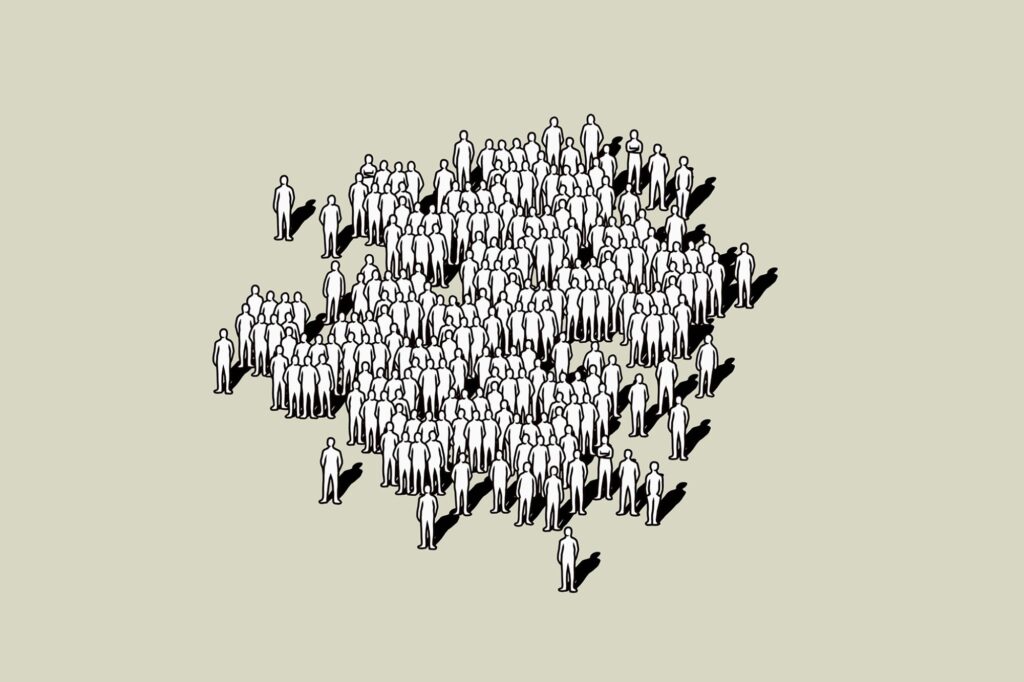Entrepreneur
Collaboration is a good thing, right? After all, we have been told repeatedly about its value.
Today, many schools use collaborative learning to help students develop a higher level of thinking, learn how to work as a team to develop ideas and prepare them for the workplace. In business, getting ideas and input from many employees generally results in better processes and products. When a team of people work together, they are more likely to generate innovative ideas, achieve a goal and feel good about doing it together.
People like to feel that they are part of something, a community, an effort, a successful project.
Related: How Collaboration Can Help Drive Growth and Propel Your Business to New Heights
According to a study by Zippia, more than 50% of workers in the United States say their jobs depend on collaboration. About 75% of employees rate teamwork and collaboration as very important. 86% of employees in leadership positions blame lack of collaboration as the top reason for workplace failures.
It is hard to argue with the numbers. As a communicator, I often develop stories about the great work that my client’s teams have accomplished. They solve complex engineering problems, find ways to continuously improve processes, and define and redefine markets.
However, I have also seen and would argue that not all collaborations are positive. Too much collaboration causes overload, and well-intentioned efforts can backfire. Here are five consequences of what I call the “collaboration trap.”
1. Wasted time
Research shows that smaller teams tend to outperform larger ones. Some believe that four to six individuals are the ideal size group. However, I have seen teams that far surpass that number to be inclusive.
As a result, some individuals are unnecessarily pulled away from other important work. A larger group requires more coordination, and it takes longer to discuss the issues and come to a full solution.
2. Groupthink
There are always a few in the room who have not learned the skill of listening. These individuals take over or dominate conversations. They monopolize the discussion, push their ideas and cause others to shut down their creative thinking. These individuals may or may not have the most experience or knowledge. But others go along, especially more introverted people. This completely defeats the purpose of collaboration.
3. Poor results
You have heard the saying, “Too many cooks spoil the broth.” I believe too much collaboration has the same effect. If a group is too large, forming strong bonds and a sense of purpose is difficult. As a result, there can be a lack of trust. Often, there will be competition for leadership. People choose sides, and the best ideas may get lost. If the group tries to include parts and pieces of too many different ideas to make everyone happy, it can certainly “spoil the broth.”
For example, during a recent product launch, we were asked to write a concise video about its features and benefits. When the entire group commented, our two-minute punchy video became a six-minute boring piece.
4. Paralysis
While collaboration is designed to generate the best ideas, people have different personalities and working styles. There are clashes as individuals try to fight their way through the work and defend their position. When we work with teams on creative projects, this is especially problematic because it stalls the work, and sometimes, it never gets resolved.
However, the same thing can happen in organizations trying to improve processes or products. Paralysis, or not making a decision, can be costly.
Related: Smarten Your Employees’ Work Styles
5. Employee burnout
For some employees, constant collaboration is the first step towards walking out the door. There are just too many meetings, and they run from one to the next without a break — all in the name of collaboration. If employees are working on too many projects at a time, they feel like they are drowning. I have joined calls only when my clients admit that they have no idea where we are on a project or what we need to accomplish. There is a mental toll when we are constantly communicating. It is sometimes easier to do some of the work alone and reconvene.
If it sounds like I am not a fan of collaboration, that is not the case. My media production business is extremely collaborative. We work with client teams to develop the best content. Here are a few techniques that have made the collaboration successful.
Related: 7 Ways Collaboration Can Create a Successful Team
6 collaboration trips to succeed
- If needed, brainstorm ideas and solutions with a large group, then reduce the group size as the project progresses. This avoids wasted time and too many collaborators.
- Designate someone to lead the group and establish ground rules for meetings to ensure that everyone has the chance to participate.
- Caution the group to respect others’ ideas and ask probing questions when they do not understand someone’s position. Don’t let individuals hijack the conversation.
- Avoid endless meetings. Try not to book a full hour or half hour. Instead, book up to 55:00 or 25:00 to leave people time to breathe before the next meeting.
- Document the work and use collaboration tools to keep everyone on track.
- Not everything requires collaboration. Break the work down and let individuals do it on their own. Then, have them bring it to the group for review and comment.
Read the full article here












